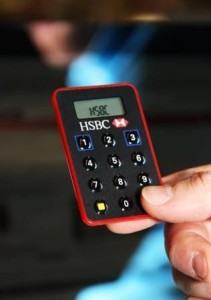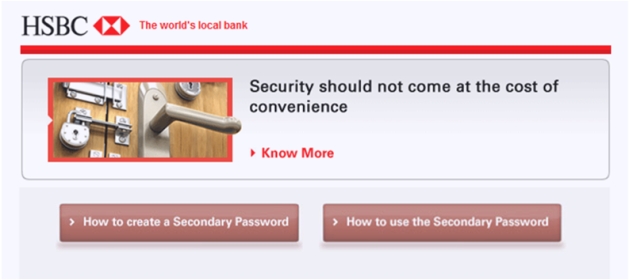In over two decades of using credit cards, I missed a payment for the first time a couple of months ago. This happened on my HSBC credit card, which I’ve been holding for nearly 10 years.
I’m blaming eStatements for my slip up.
My payments are due in the third week of every month. I receive the printed statement around the first week of the month. After having a quick glance, I place the statement in a folder along with other bills. I happen to see this folder at least once a day, so it serves as a great reminder for due dates. This practice might seem old-fashioned but it has worked for me for decades.
Until last month.
I didn’t receive the printed statement from the bank – yet again. In the past, if I didn’t get the statement by the tenth of a month, I’d tweet a reminder to the bank and receive a copy by an alternative courier. I forgot to do this last month and faced the consequence.
This experience reinforces my oft-expressed preference for printed bills and statements (click here and here for my rants about electronic bills and statements).
When I found my card getting declined around the end of the month, I realized that I’d missed the payment. Despite making the payment shortly thereafter, my card continued to get rejected. When I wrote to the bank, I got the standard “we will get back to you in 7 working days” autoresponder message. Finally, after 20 days of non-response, I wrote back and threatened to cancel my card. That worked – maybe because my monthly spend on the card consistently exceeds the national average annual spend.
I got an immediate reply from the bank saying I should start using my new credit card – which I’d received in between – to make all problems go away. Declining my existing card was unjustified since it was valid at the time I was trying to use it. When I received the new card, I’d assumed that I should start using it only when the old card expired a few weeks thereafter. Anyway, I didn’t argue the point and started using the new card. I was relieved to find it working. This signaled the end of a long and painful experience.
 I accept responsibility for my mistake and have coughed up a fairly big sum as financing charges without demur. I didn’t even ask the bank to reverse the late payment fees, which it did on its own.
I accept responsibility for my mistake and have coughed up a fairly big sum as financing charges without demur. I didn’t even ask the bank to reverse the late payment fees, which it did on its own.
However, during the period that the bank was declining my card, I was charging certain expenses to another credit card that I would’ve otherwise charged to HSBC. On these transactions, the bank lost an amount in interchange fees that was about the same as what it gained by way of financing charges. Besides, it lost goodwill, which, as we all know, is priceless!
That said, I must give credit where credit is due.
Several years ago, HSBC introduced a security token for Internet Banking access in India. As I’d highlighted in How Remote Outposts Can Leapfrog Their Global HQs! at the time, this happened many years before the bank’s global HQ caught up with this device. In the eight-odd years that I’ve been using the token in India and overseas, I have not faced a single problem with it.
 This is in sharp contrast with “Mobile OTP”, an alternative 2FA mechanism that has given me enough trouble already in the one year for which it has been around (more on that in Mobile OTP: Cyanide Or Caffeine For Online Payments?).
This is in sharp contrast with “Mobile OTP”, an alternative 2FA mechanism that has given me enough trouble already in the one year for which it has been around (more on that in Mobile OTP: Cyanide Or Caffeine For Online Payments?).
When HSBC recently did a technology refresh, it didn’t fall for the flaky but cheaper Mobile OTP technology that so many other banks have. Instead, it reinforced its message “security should not come at the cost of convenience” by choosing an even more secure and convenient hardware token technology.
HSBC deserves props for that. Consider it given.
